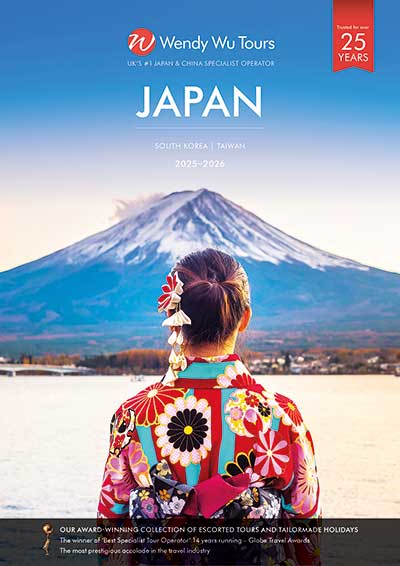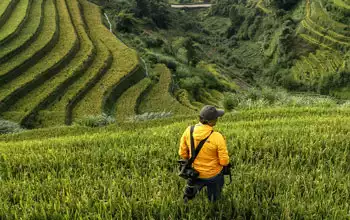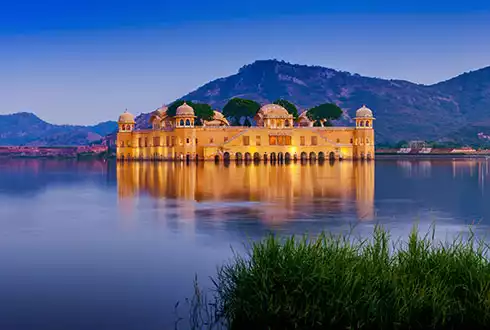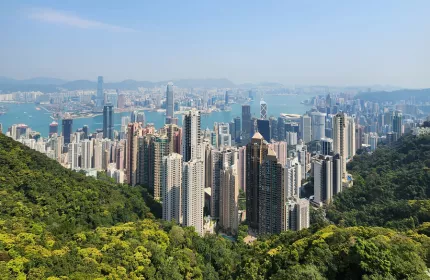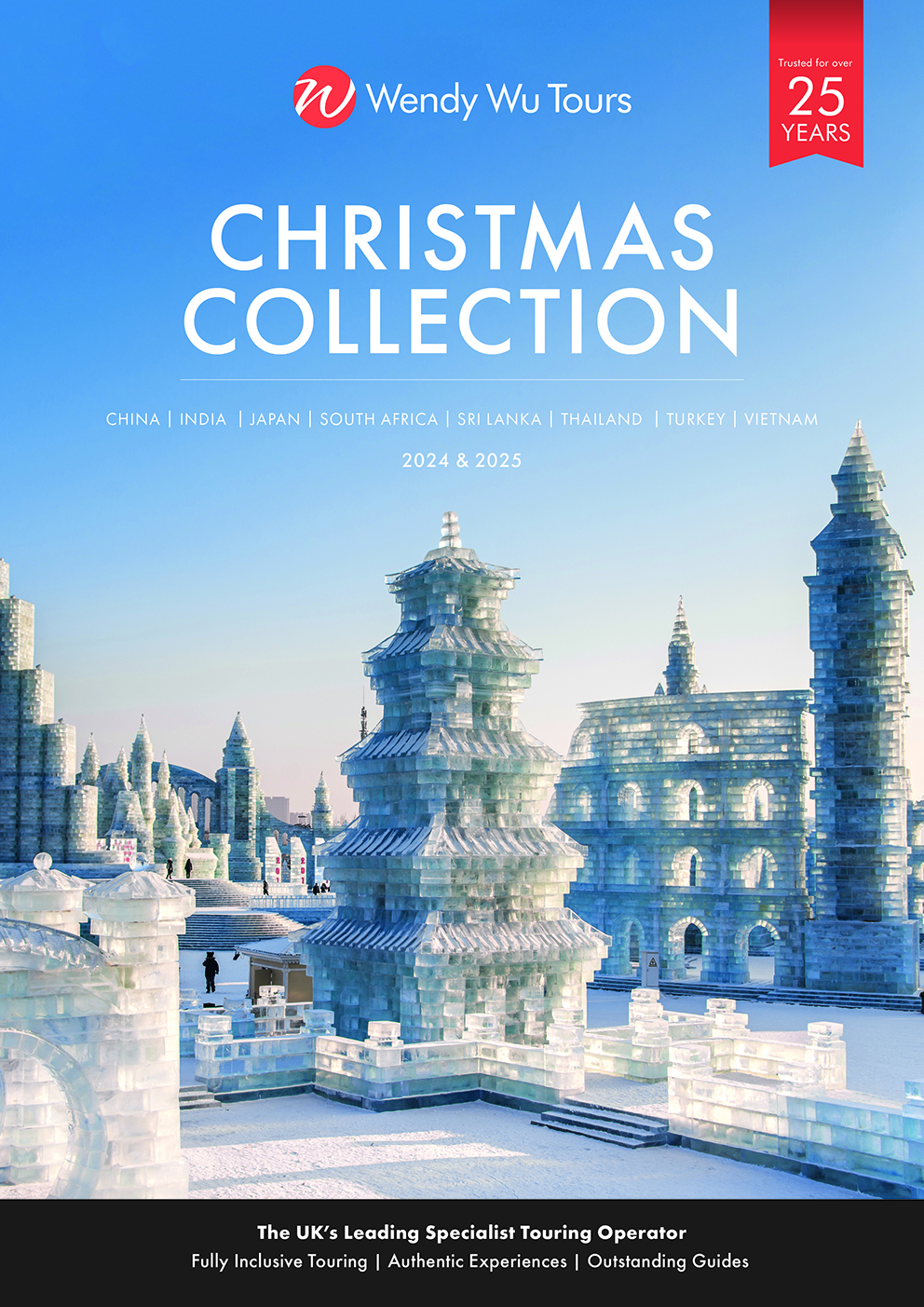A country that has long been on the bucketlists of many a traveller, Japan is a destination that can rightfully claim to have it all. A string of islands in the Pacific, exploring it you’ll find a deeply ingrained, traditional culture, spectacular nature, a unique and delicious gastronomy, safe, modern cities and a whole wealth of wonderful sights.
But when is the best time to visit Japan?
Really, you can plan your holidays to Japan at any time of year – so really any time is the best time to visit Japan. Having said that, each of the four distinct seasons have advantages and drawbacks. Spring brings cherry blossoms, summers are about festivals, autumn boasts colourful foliage and the winter, glorious snow.
The diverse geography of the many islands have a big influence on Japan’s climate and the weather that each experiences – the southernmost island of Okinawa is subtropical, while the northernmost, Hokkaido, is considered sub-Arctic. Then there are mountains, forests and warm seas, the influence of the Pacific and the Sea of Japan, each geographic element bringing rain, snow, humidity and everything in between.
So, in the end the questions you really need to answer is when is the best time to visit Japan for you, where do you want to go and what do you want to do?
With that in mind, here is our guide on the best time to visit Japan:
JAPAN IN SPRING
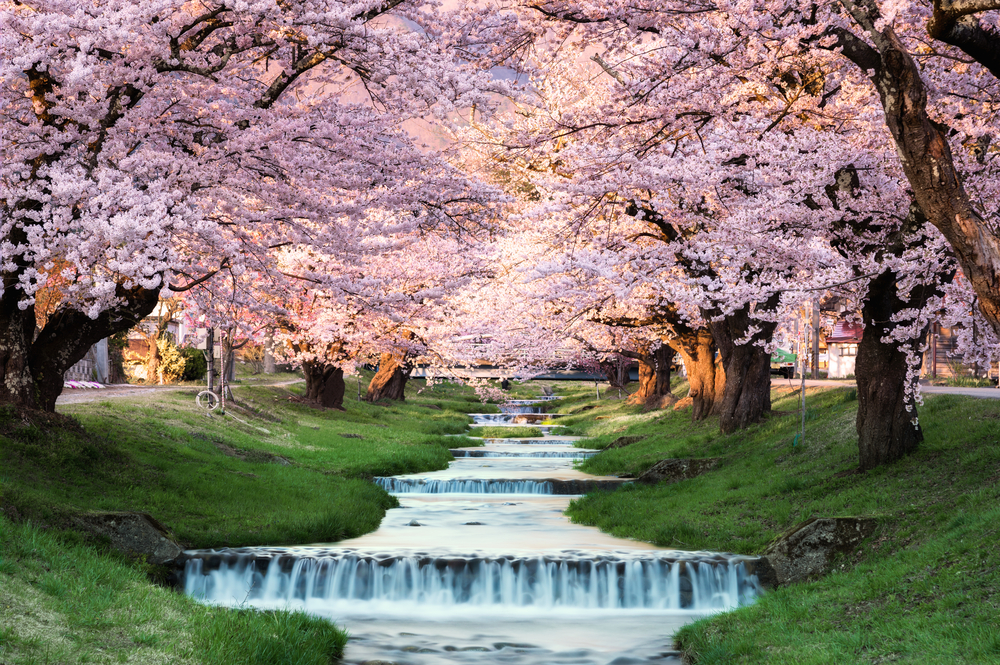
Visiting Japan in March-May means dry and comfortable weather that gets increasingly mild as the season goes on.
From March temperatures begin to rise and the first signs of spring, like the plum blossom, begin to appear. Up in the very north, March is considered one of the best months for snow sports, while in the very south, it’s already beach season. In between, glorious nature is becoming increasingly lush and green.
Visitor numbers are relatively low in early spring, but things get busier in late April/ early May with the Golden Week holiday, when locals take advantage of four national holidays to get out and about exploring their homeland. Some businesses and attractions may be closed.
Of course, the major draw of the spring is the cherry blossom, locally known as Sakura. In late March, they start their annual sweep up the country in the very south, reaching Kyoto and Tokyo (on the central island of Honshu) in early April and finally Hokkaido, in the very north, by early May. Incredibly beautiful and bringing a festival-like atmosphere to the country, the cherry blossoms are quite a sight to behold. Their arrival means peak travel season for locals and foreign tourists alike so if you don’t mind things a bit busy, it is a fantastic time to visit Japan.
JAPAN IN SUMMER
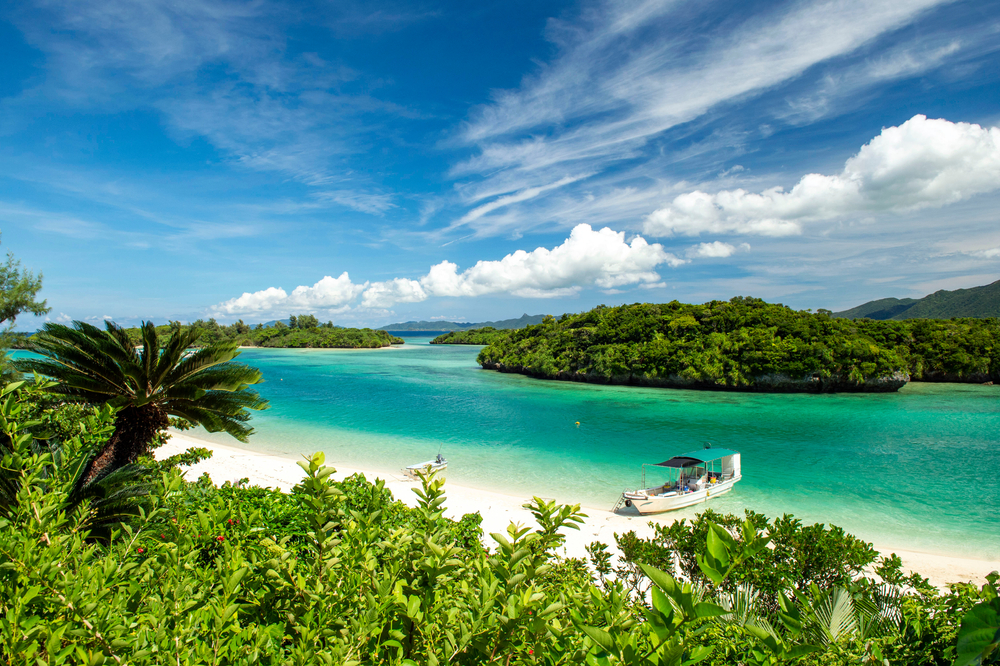
Japan’s weather in the summer tends to be hot and humid everywhere, so visiting between June and August can get a little sweaty. Having said that, Japan is a series of islands, so there tend to be a lot of beaches to escape to, with some great watersports options, while mountains and highlands also offer a cool respite. July and August are also the only two months of the year that you are able to climb the iconic Mount Fuji.
Japan’s weather in the summer includes a rainy season, or monsoon, that begins in Okinawa in mid-May and continues across all the islands with the exception of Hokkaido until early July. It doesn’t necessarily rain every day but can be a bit grey and overcast.
Despite the temperamental weather, the summer is a season for festivals and fireworks, with many regions and local cities and towns celebrating a whole range of things. This is a big time for music festivals and, in mid-August, the major festival of Obon (the festival of souls) when people pay their respects to their ancestors. As this tends to coincide with school holidays, its another time when locals take advantage of a national holiday and do a bit of sightseeing of their own, meaning the big sights can be a little busier than usual.
JAPAN IN AUTUMN
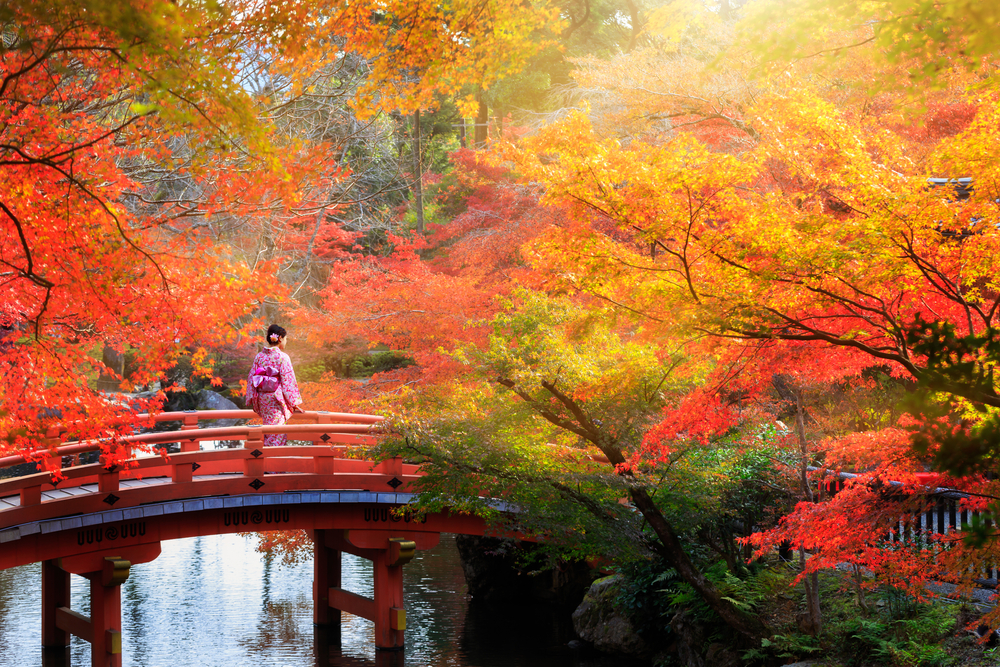
When visiting Japan from September-November, temperatures are back to pleasant, rains have eased, the skies are clear and blue and there are some excellent foodie festivals to enjoy. In September, craft beer events abound on the central islands, while in October there is a huge ramen festival in Tokyo that will make all your noodle dreams come true.
In the south (Okinawa, Kyushu and Shikoku), September tends to stay hot and humid as the typhoon season hits its peak, but by October, everywhere has cooled down considerably. In the north and at higher elevations the trees begin to turn the gorgeous shades of autumn, a process that travels southwards throughout November. Around 70% of Japan is covered in forest, so the autumn leaves (koyo) are not something to be ignored – it can be just as striking as the cherry blossom and, while not as fervently, it is still something that is much celebrated.
In November, the temperatures continue to drop but it stays dry – in Tokyo you’re still looking at an average daytime temperature of 17 degrees, while up in the north things are starting to get chilly.
JAPAN IN WINTER
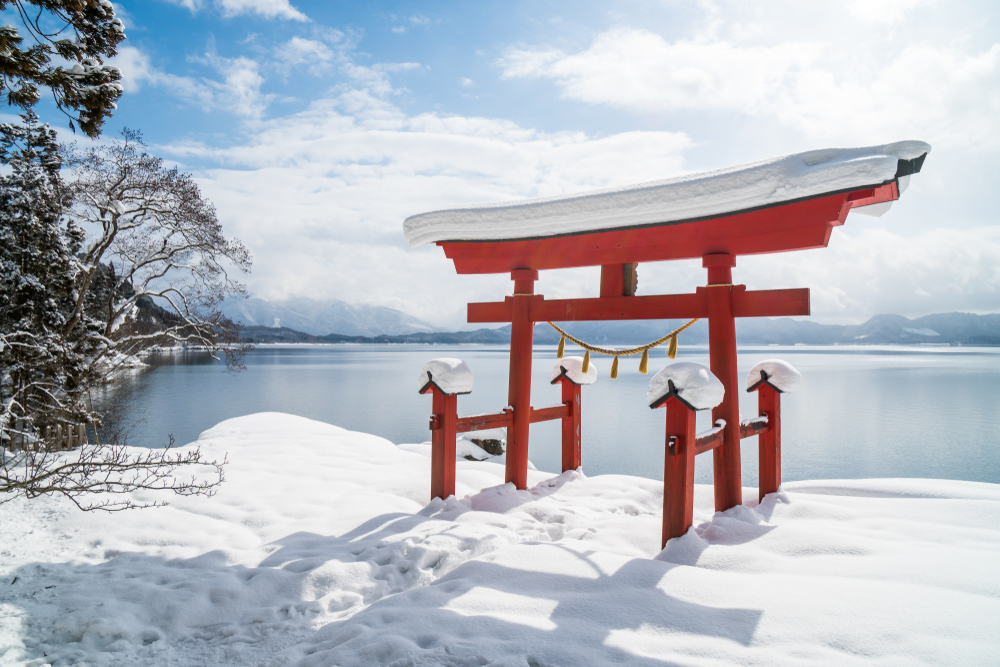
Visiting Japan from December to February is vastly different, depending on where you go. December starts off like the autumn – dry and mild, though visitor numbers dropping off considerably. As the season progresses however, snowfall makes for world-class skiing and wonderfully clear views of Mount Fuji.
With cold, dry weather, sunshine and clear skies, winter can be a wonderful time to explore and to take advantage of the traditions of onsen (hot springs) bathing, staying in cosy ryokans and sampling seasonal treats. Varying from region to region, this includes snacks like persimmon, chestnuts and sweet potatoes, served with typical Japanese flair, of course.
Late December into early January is when the New Year is celebrated, with shops, restaurants and attractions potentially closed for a day or two and local people travelling around; the rest of the winter though tends to be quiet in terms of tourists. Heavy snowfall occurs in Hokkaido and the mountains of Honshu (the Japanese Alps), continuing into February, considered the best month for winter sports. This is also the time that in Sapporo, on the northernmost island of Hokkaido, you get the Sapporo Snow Festival with its magical array of snow and ice sculptures.
